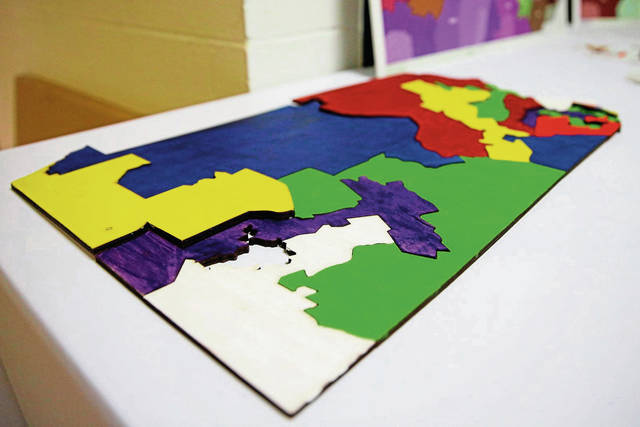When it comes to the Constitution, there is a lot that is spelled out — and a lot that has to be figured out along the way.
That’s how judges and constitutional law professors keep their jobs. It’s also why after more than 200 years, there is still such debate about exactly what the Founding Fathers meant by free speech or the right to bear arms.
But there are some things that are pretty clear. The census, for example, is done every 10 years, counting everyone who lives in the country and dividing the available seats in the U.S. House of Representatives accordingly.
In Pennsylvania, the same head count is used to figure out the distribution of state legislators.
So what do you do when the Constitution says one thing but life — or a global pandemic — gets in the way?
We’re about to find out.
The U.S. Census Bureau announced Friday the census was going to overshoot its March 31 deadline by six months. The data needed to redistrict legislative seats won’t be available until Sept. 30.
The biggest problem with that is people already making are plans to run for seats that are not yet set in stone.
Legislators aren’t elected in 2021, but 2022 is a midterm year — one of those all-important efforts to change or confirm the direction of the country or the state.
The 2018 midterms pulled the U.S. House into Democratic control. The 2014 midterms put the Republicans in charge of the U.S. Senate. The Pennsylvania House changed hands to the Democrats in the 2006 election and back to the Republicans in 2010.
And this will be the first census since Pennsylvania’s map was redrawn following an ugly court brawl that took it all the way to the U.S. Supreme Court, where the justices turned down a chance to review the Pennsylvania Supreme Court’s decision on the distribution.
It isn’t surprising that covid-19 has complicated the already contentious process of redistricting. Why not? It’s had a hand in messing up everything else.
But given that the census was already becoming an issue over questions of citizenship and the pandemic has been going on for almost a year, it seems like someone should have looked ahead and started to make contingency plans. They didn’t.
And now that the delay is confirmed, there is a scramble to figure out which of the 2022 primaries will be delayed to accommodate a redrawn map the way 2020’s were to accommodate covid-19.
Advocates like Fair Districts PA and Common Cause Pennsylvania are concerned a delay could affect transparency and public input. Legislators on both sides are saying they think it can be done.
Senate Majority Leader Kim Ward, R-Hempfield, said in a Spotlight PA story that her caucus would “explore all options to ensure we meet our constitutional duties in this process.” Senate Minority Leader Jay Costa, D-Forest Hills, said the timeline would “make our work a little harder, but that’s OK by me.”
If there’s anything the last few years have taught us, it’s a distant election is never as distant as it seems, and the regular 10-year clock of redistricting is predictable. But if this is going to work, it’s going to have to be by putting the needs of the people ahead of the ambitions of the parties.








